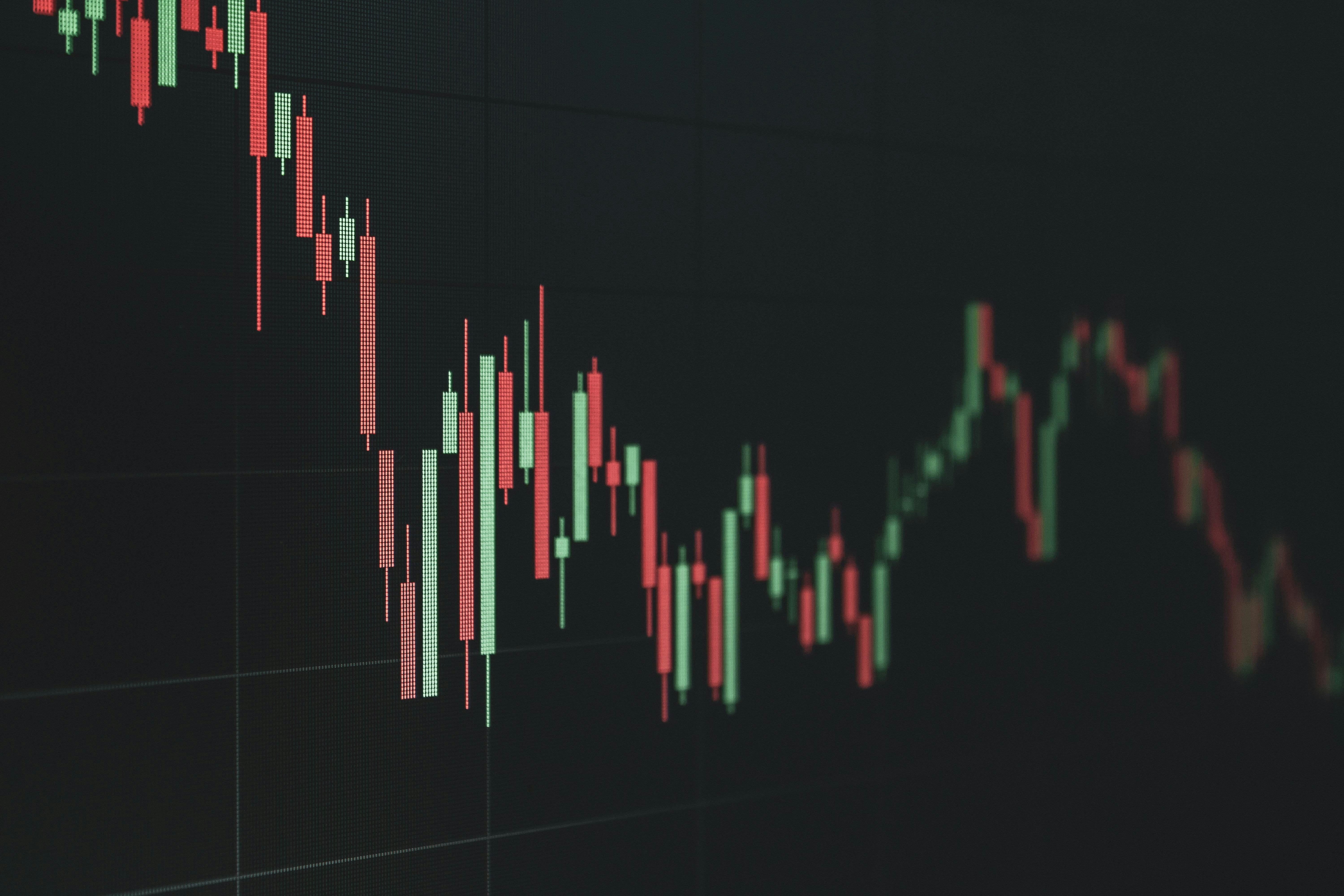What Is the Federal Reserve? Understanding America’s Central Bank

Introduction
The Federal Reserve System—better known as the Fed—has been steering the U.S. economy for more than a century. Established by Congress in 1913 to stop banking panics, the Fed now influences everything from interest rates and money supply to bank regulation and financial stability. Its decisions ripple through the global economy, affecting consumers, businesses, and investors alike.
This article explores the Fed’s history, structure, responsibilities, and how its actions impact markets and everyday life.
1. A Brief History of the Fed
The Fed’s creation was a response to repeated financial crises. Before 1913, the U.S. experimented with two National Banks—but neither could buy government bonds or regulate the banking system. “Inelastic currency” (money supply failing to meet demand) led to bank runs and severe economic downturns, including the panics of the 1870s and 1907.
Congress acted in 1913 with the Federal Reserve Act, establishing 12 regional banks and a central authority in Washington, D.C. Unlike its predecessors, the Fed was empowered to manage the money supply and stabilize the banking system.
2. Structure and Responsibilities
The Fed’s primary tasks include setting interest rates, managing the money supply, and regulating financial markets. These responsibilities fall to the Federal Open Market Committee (FOMC)—a group of seven presidential appointees who meet eight times per year. Each member serves a fourteen‑year term. The current chair, Jerome Powell, was originally appointed by President Trump and reappointed by President Biden.
Beyond interest rates, the Fed engages in:
- Monetary policy: Adjusting rates and money supply.
- Quantitative easing or tightening: Buying or selling bonds to influence liquidity.
- Regulation T: Setting margin requirements that govern how much investors can borrow.
These levers allow the Fed to respond swiftly to changing economic conditions.

Need a deep dive on dashboards? Check out this guide on real-time finance UIs.
3. Fed Actions and Economic Impact
The FOMC monitors economic data and sets policy accordingly. During the COVID‑19 pandemic, the Fed slashed interest rates to near‑zero and significantly increased the money supply, cushioning the economy alongside fiscal stimulus.
More recently, the Fed has been raising rates to combat high inflation. Higher rates make borrowing (for mortgages, car loans, student loans, and corporate debt) more expensive. Companies may slow hiring or investment when rates rise, while consumers face higher monthly payments.
4. Why Investors Should Care
Rate hikes aren’t all bad news. Bond investors often benefit from higher interest rates, which translate into higher yields. For example, a government bond yielding around 0.23% in March 2020 might now yield over 4%—a dramatic shift driven by Fed policy. Understanding the Fed’s direction can help investors anticipate market movements and adjust portfolios accordingly.
Conclusion
The Federal Reserve sits at the heart of the U.S. financial system. Born out of early banking crises, it now wields tools to guide the economy through booms and busts. By setting interest rates, managing liquidity, and regulating markets, the Fed influences borrowing costs, investment returns, and overall economic health. Keeping an eye on its actions—and understanding why they matter—can help you make smarter financial decisions.







.jpg)

